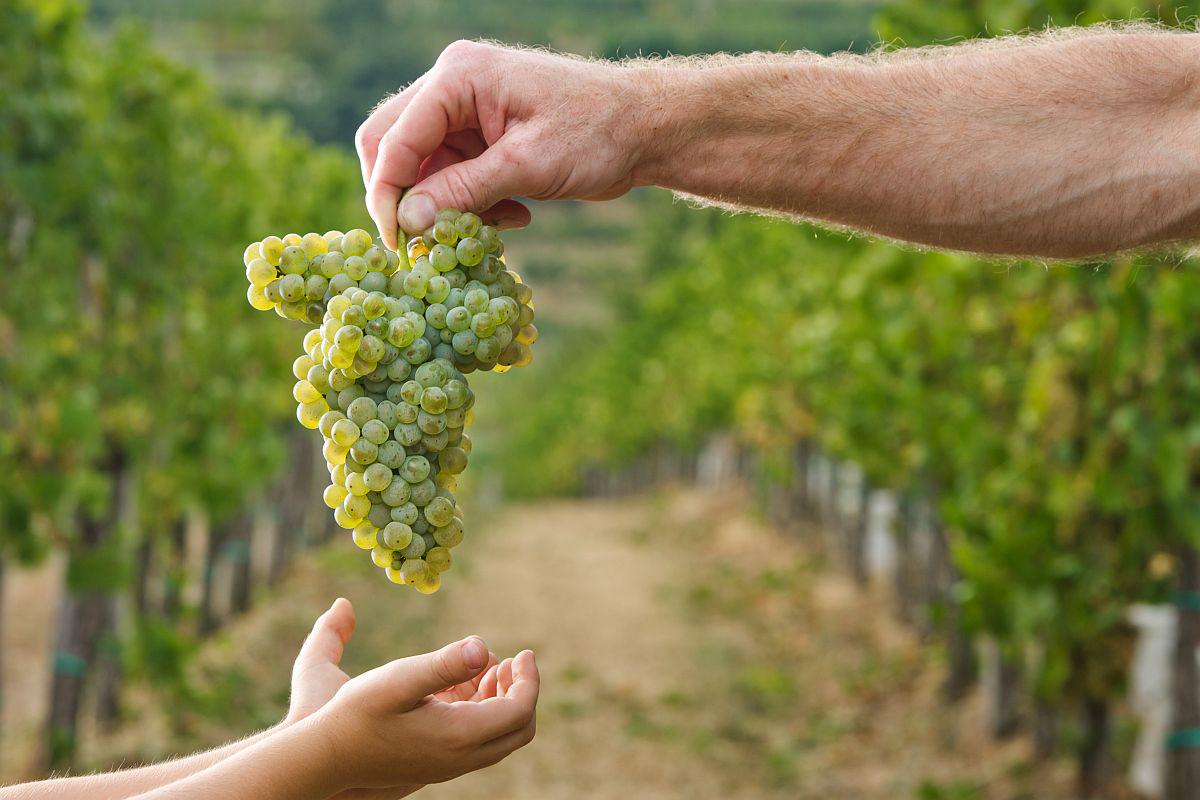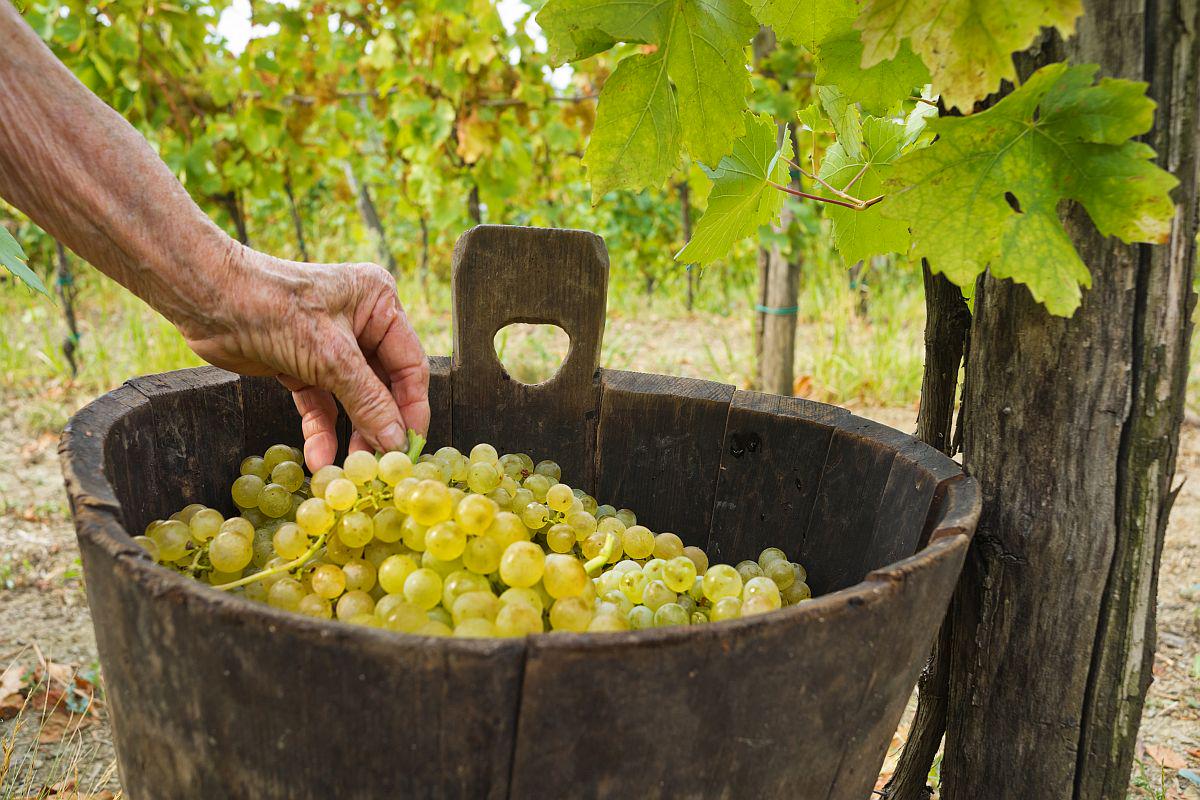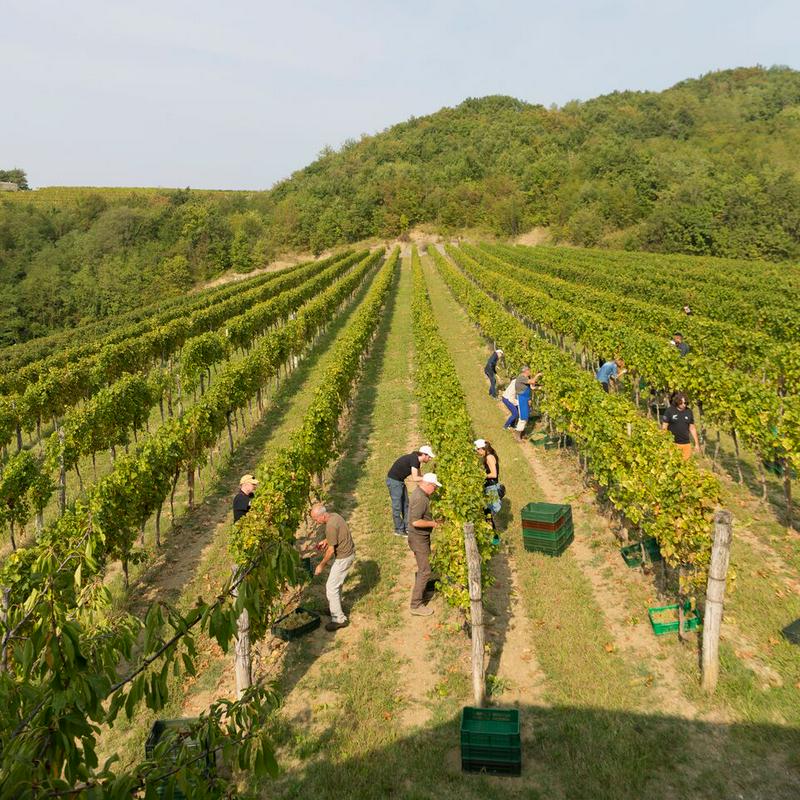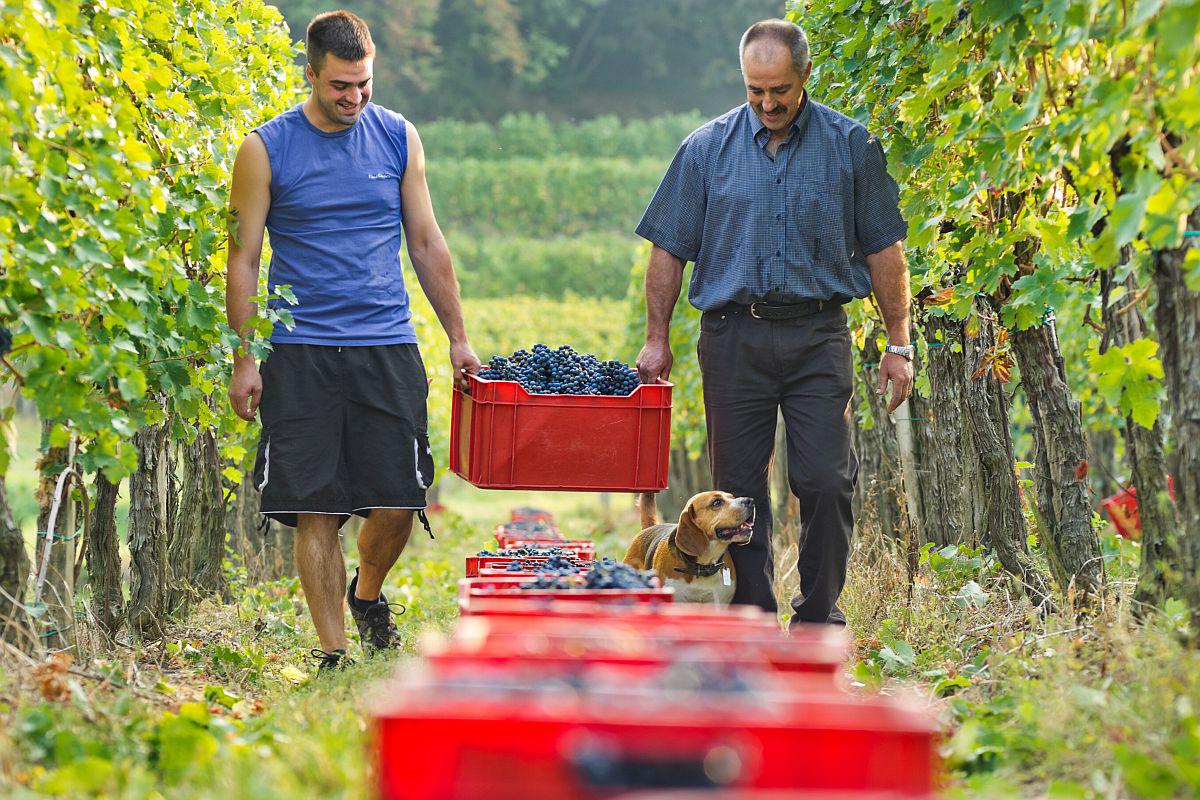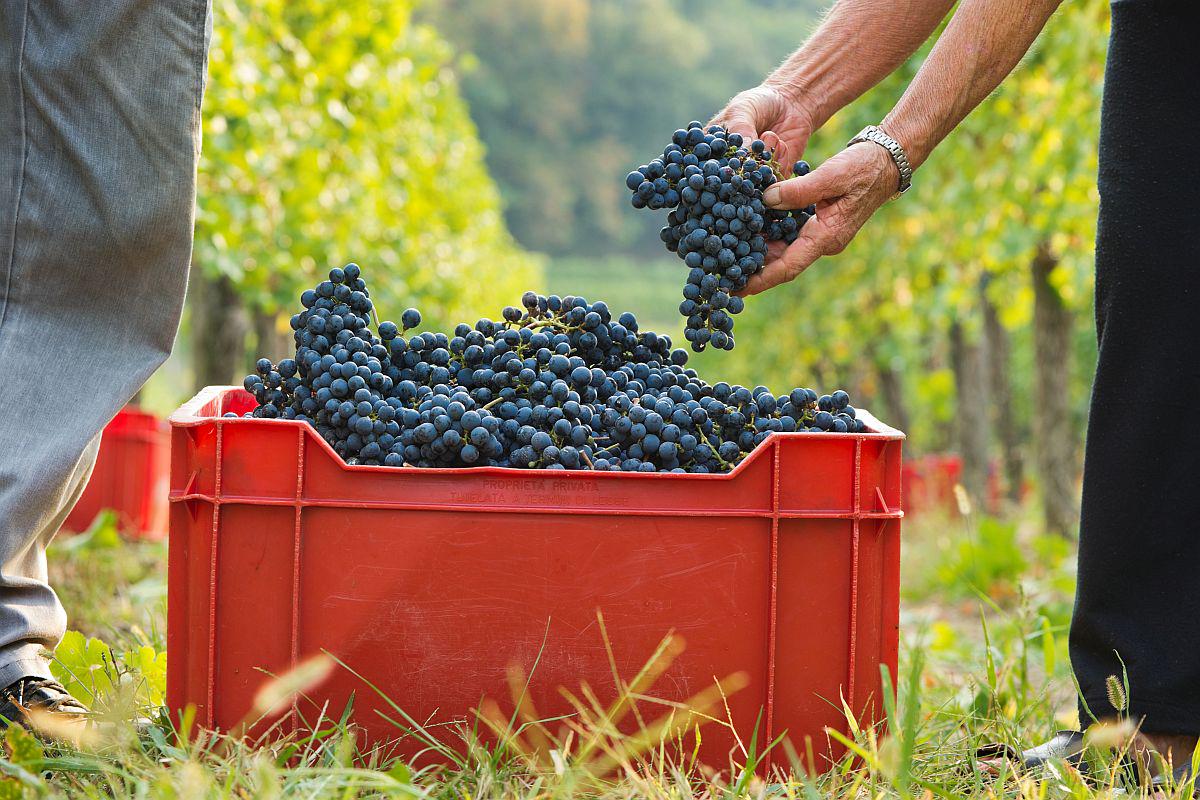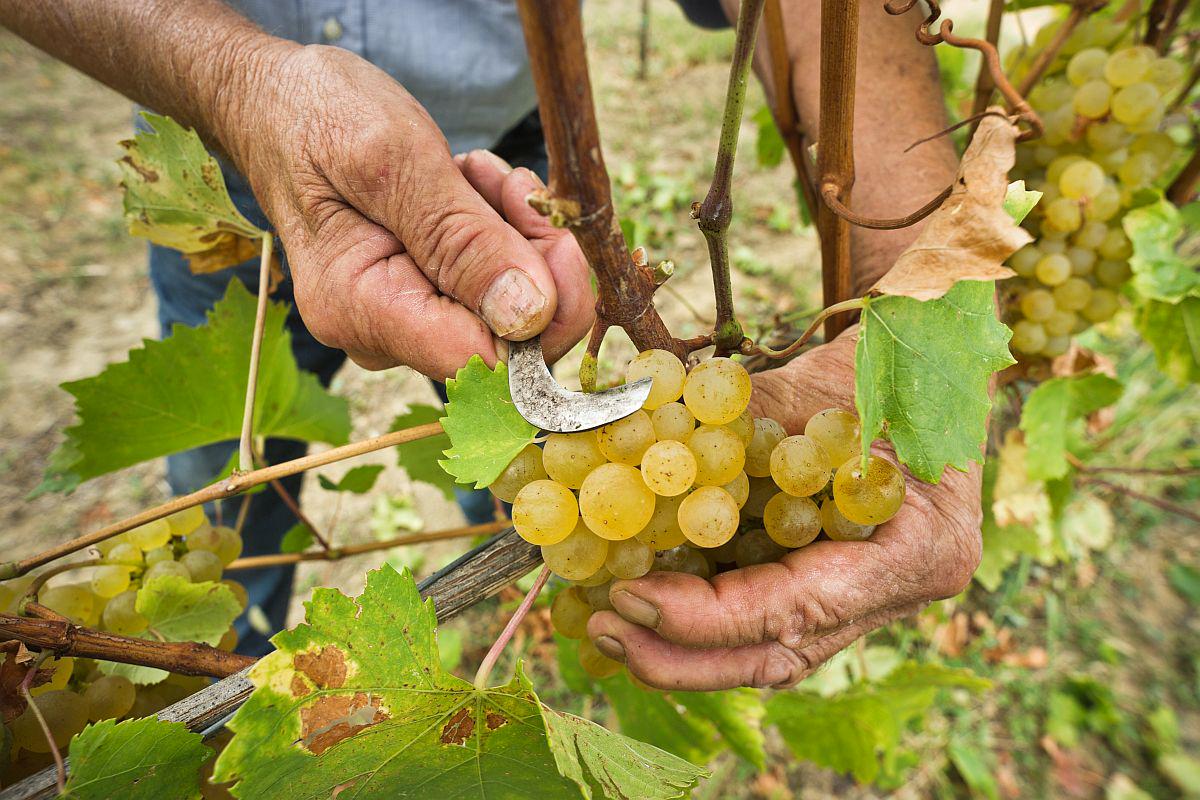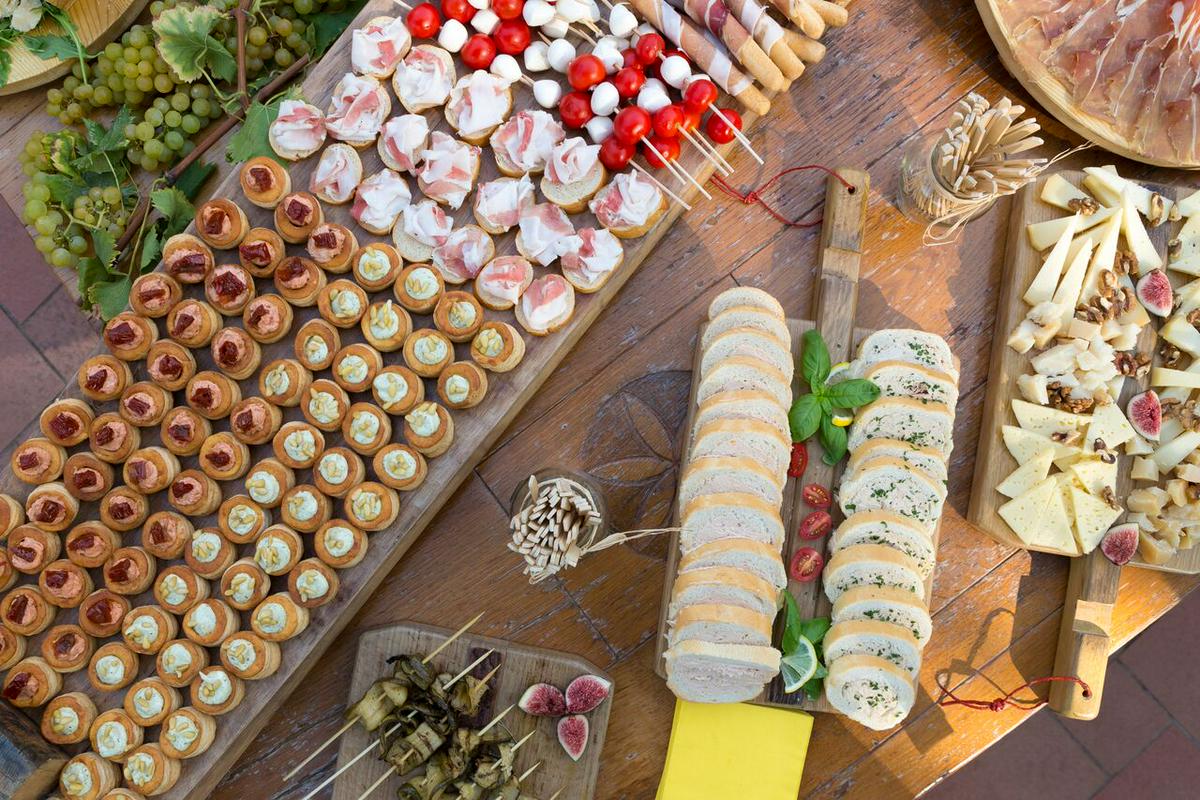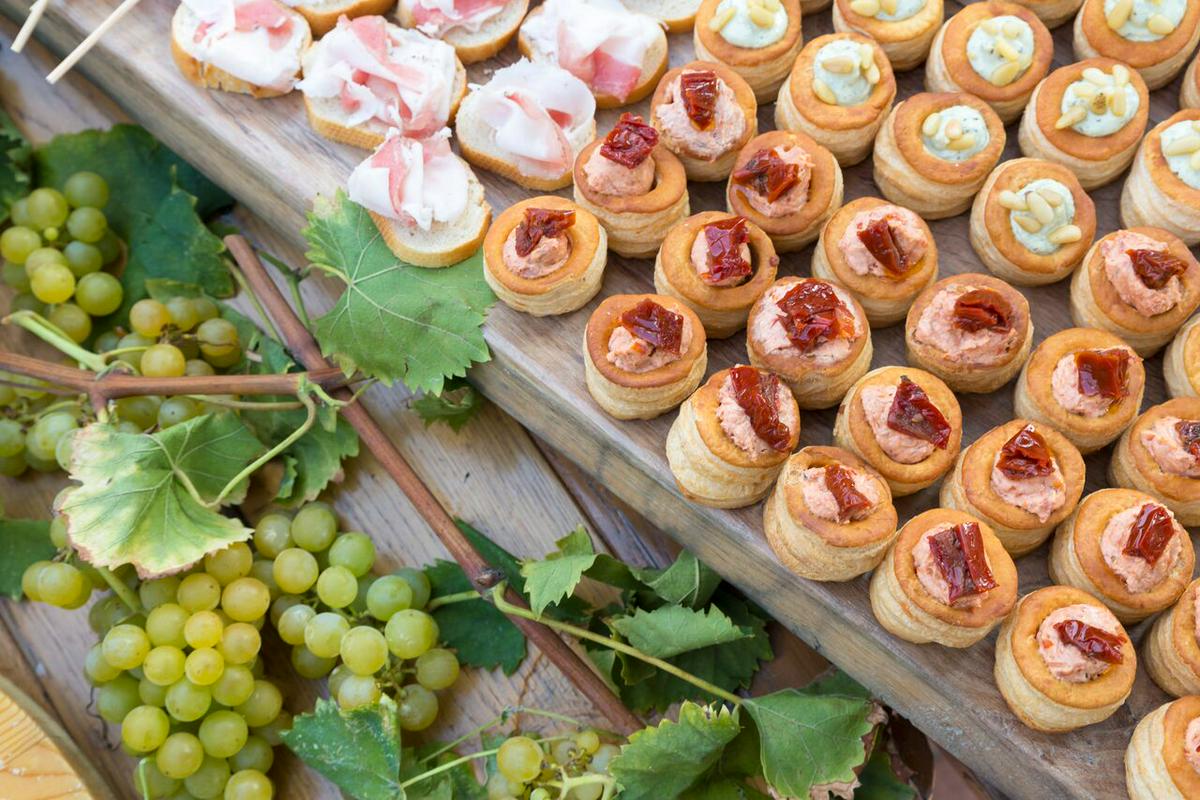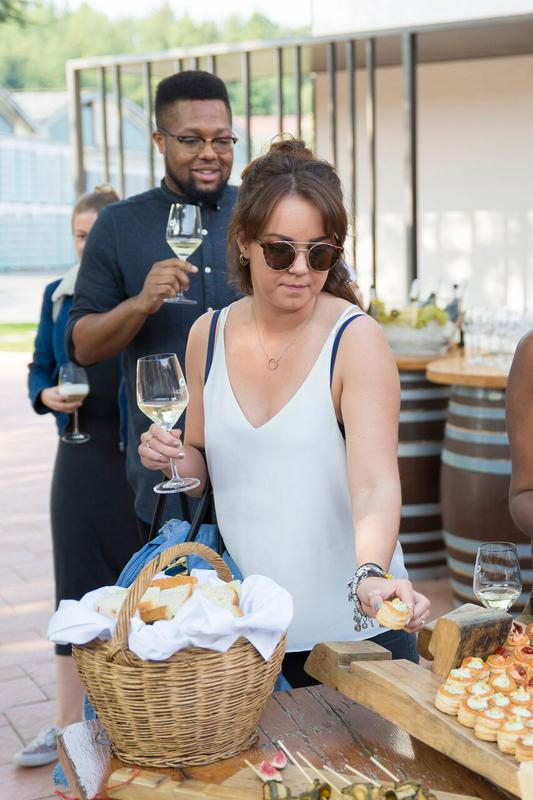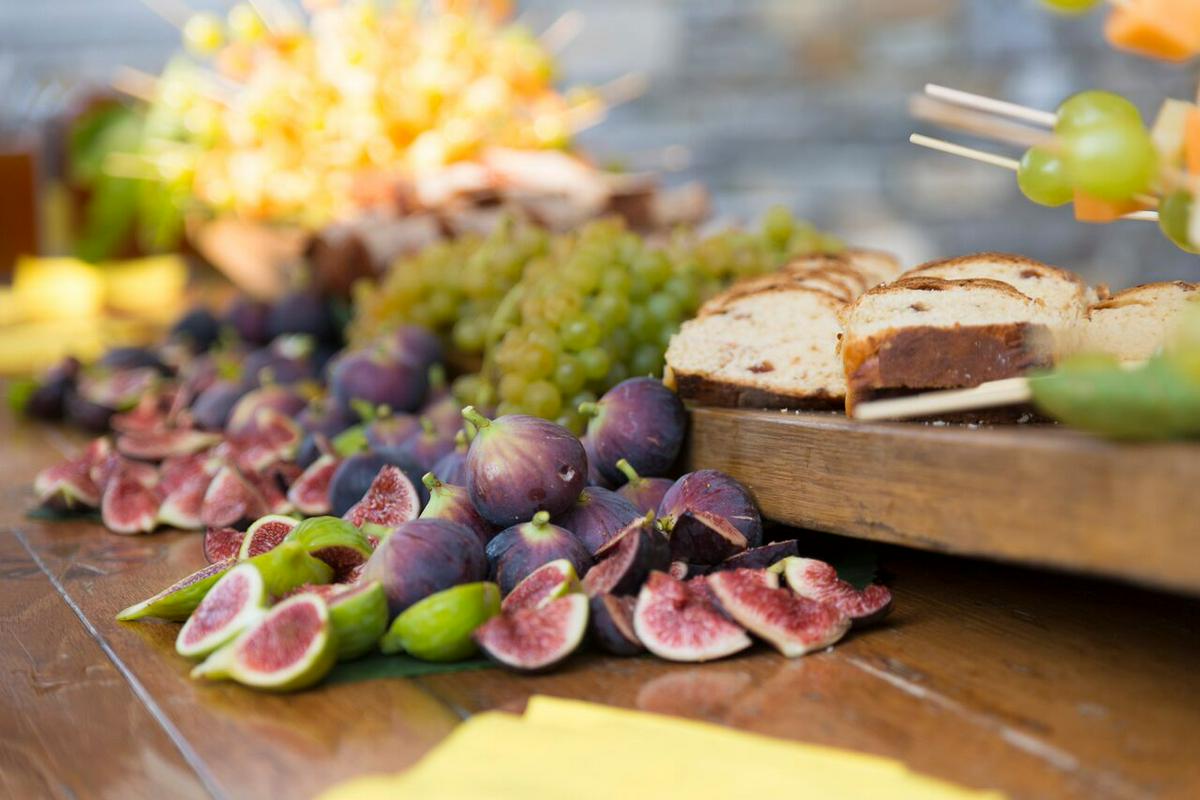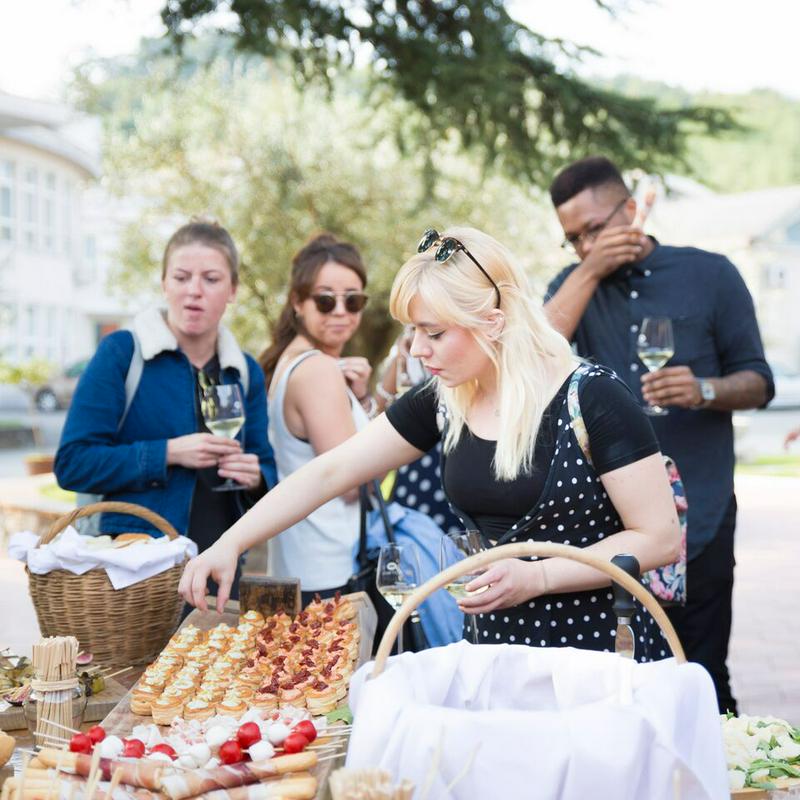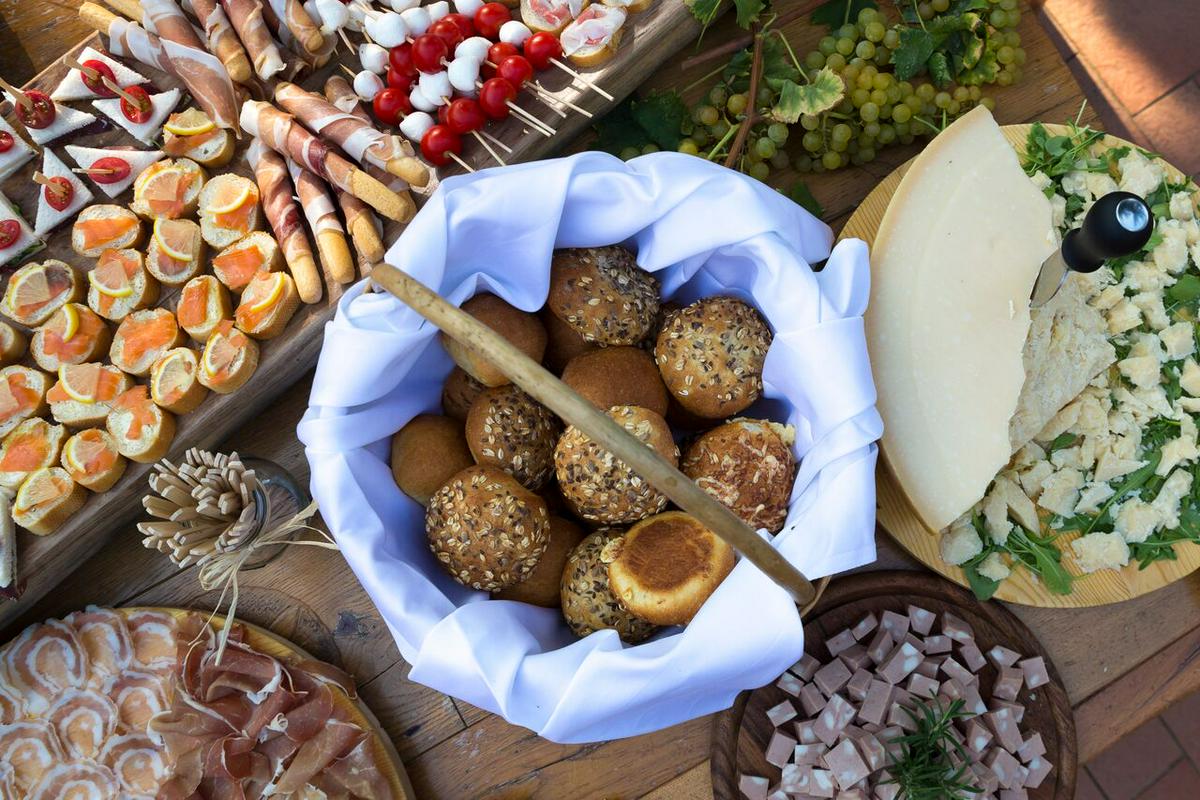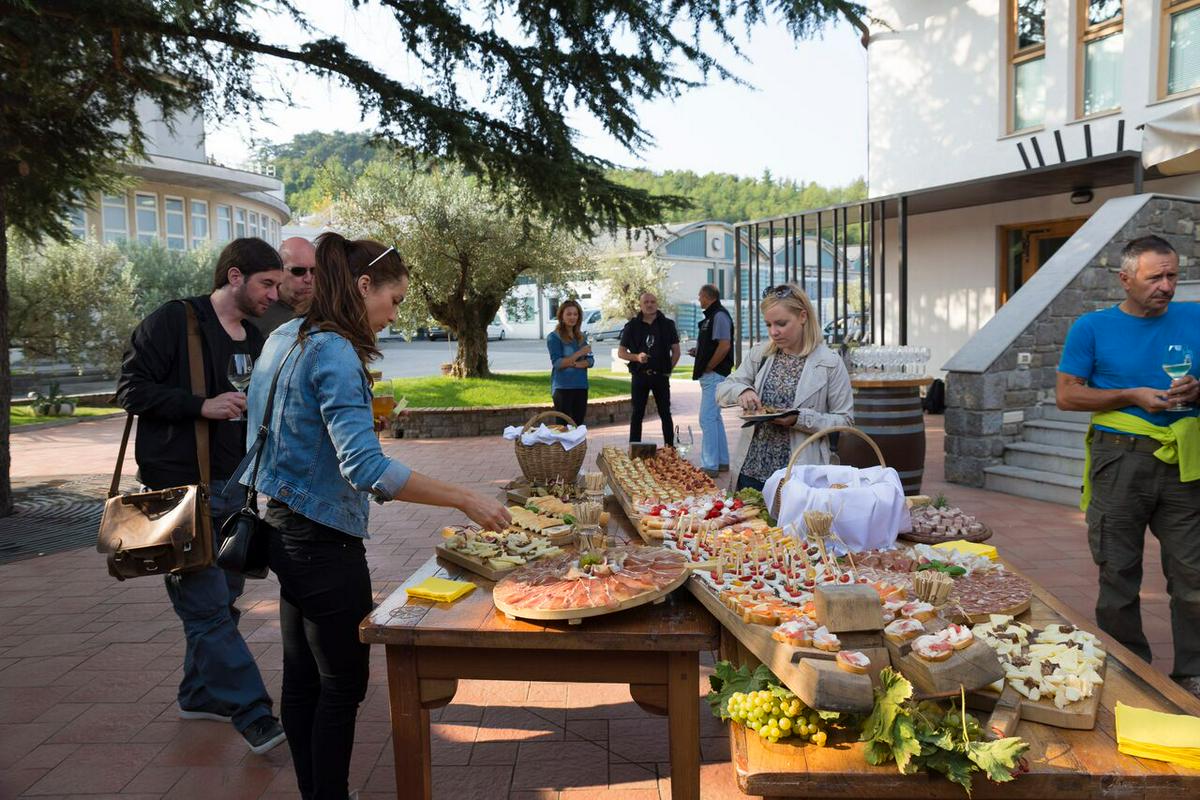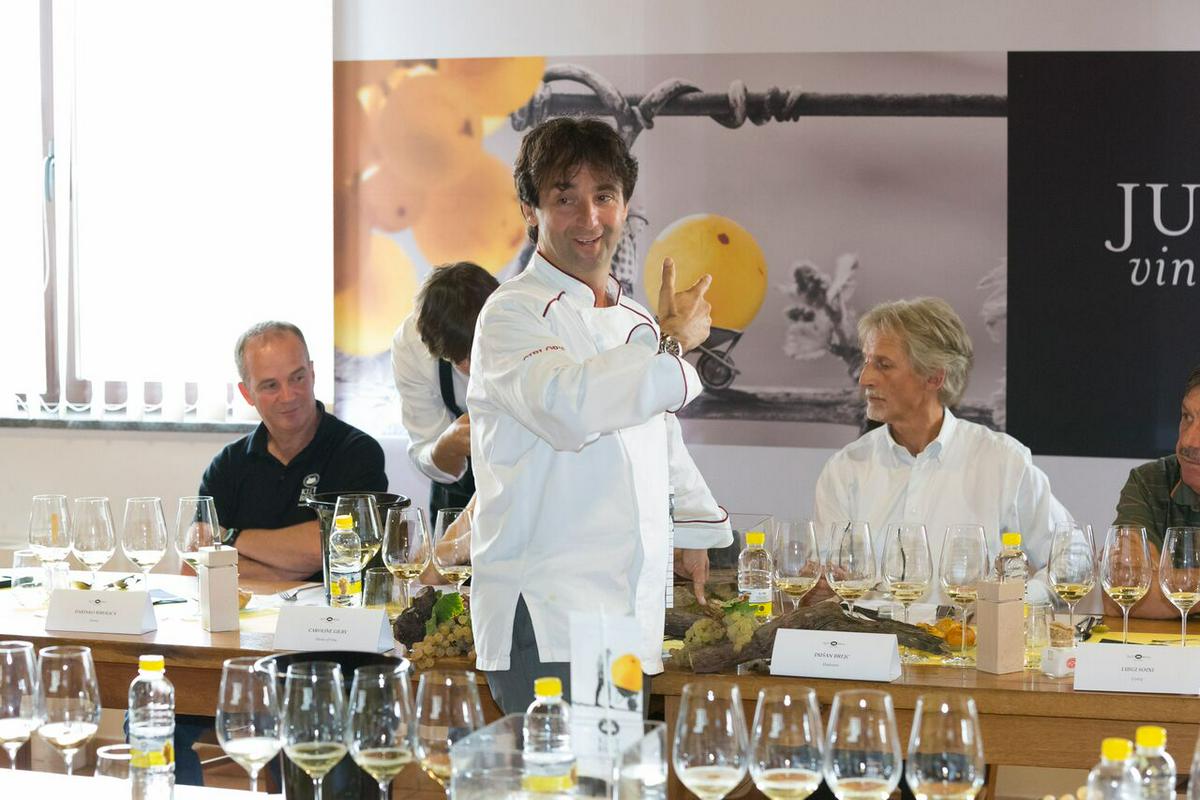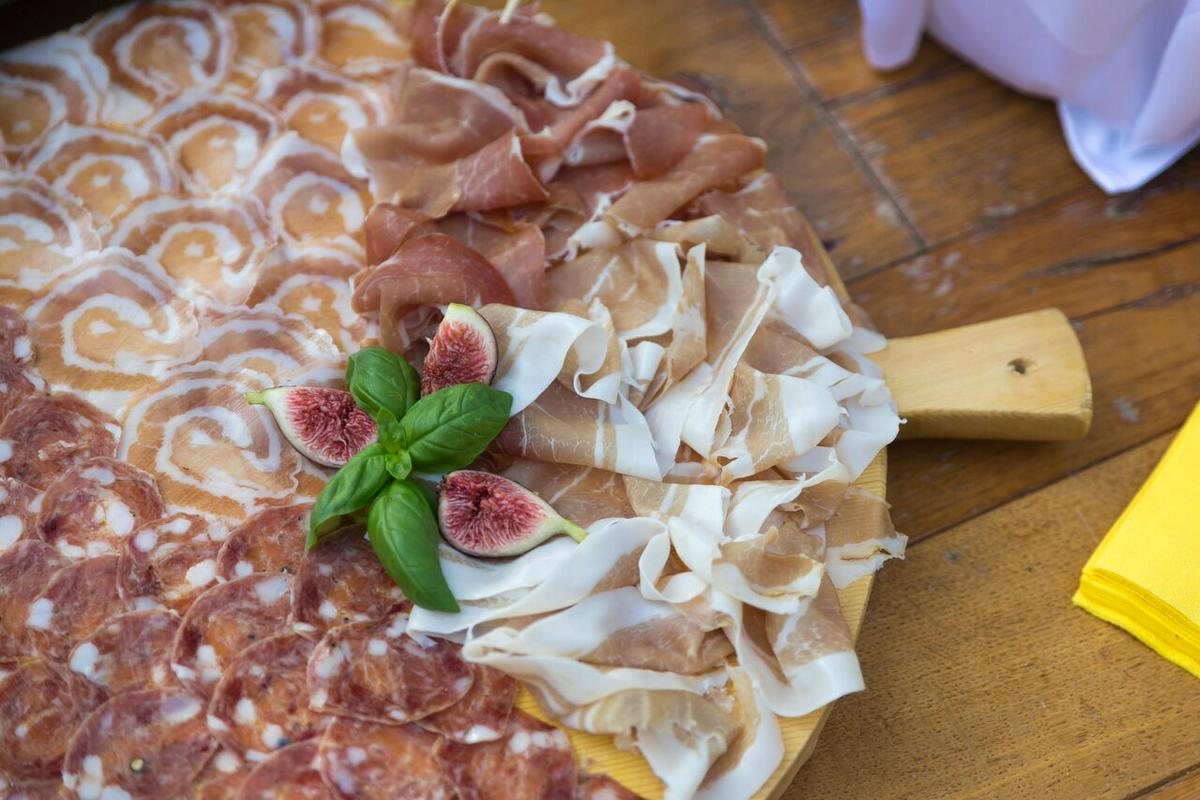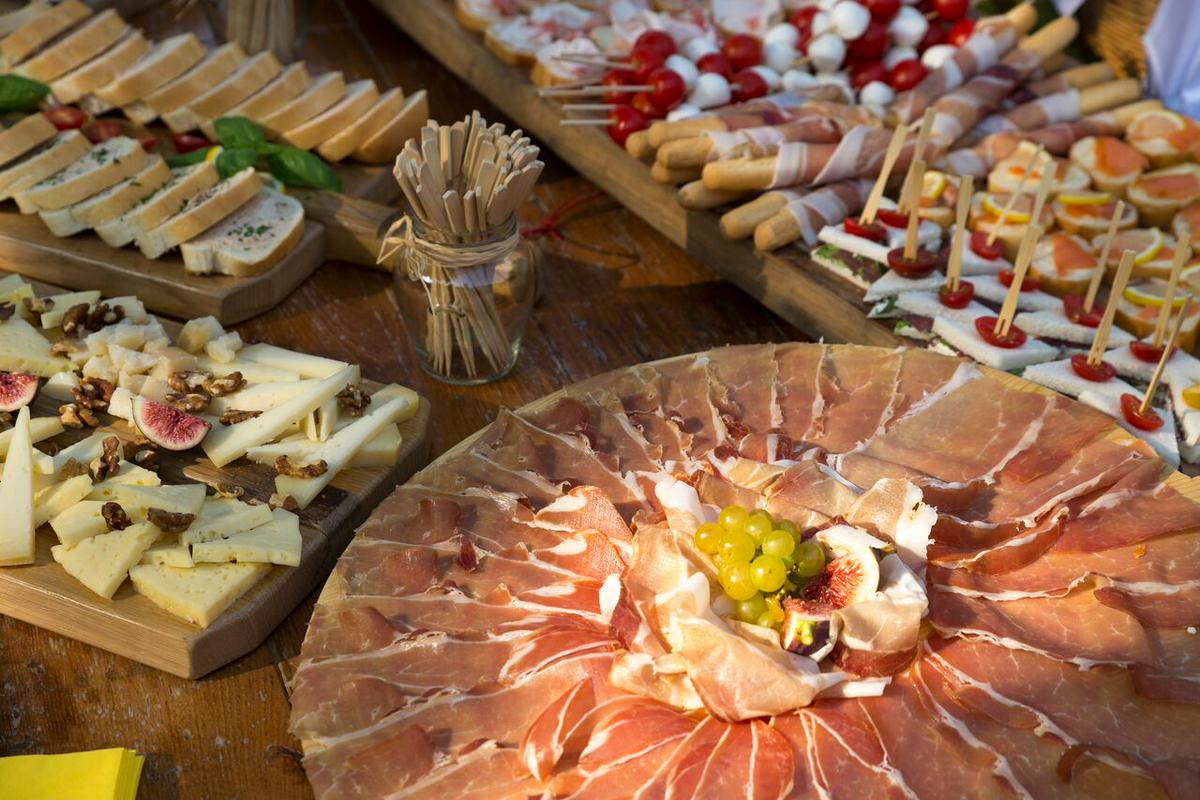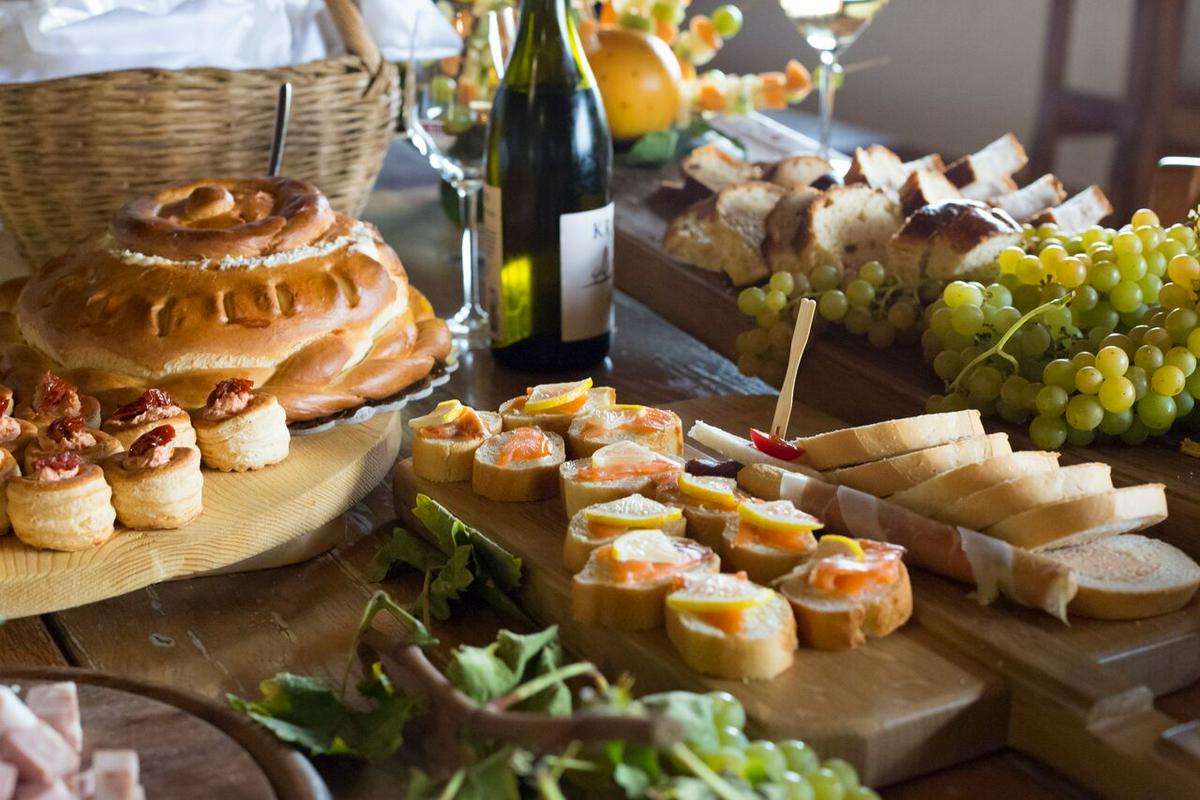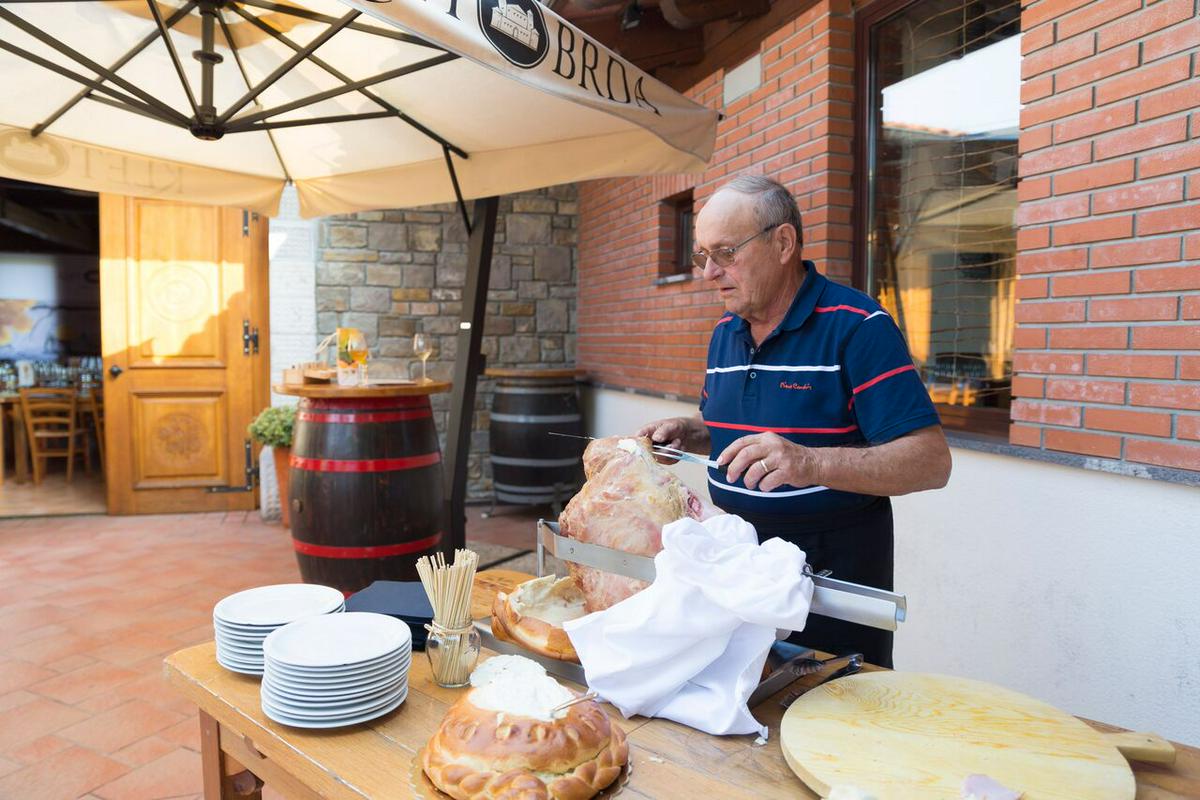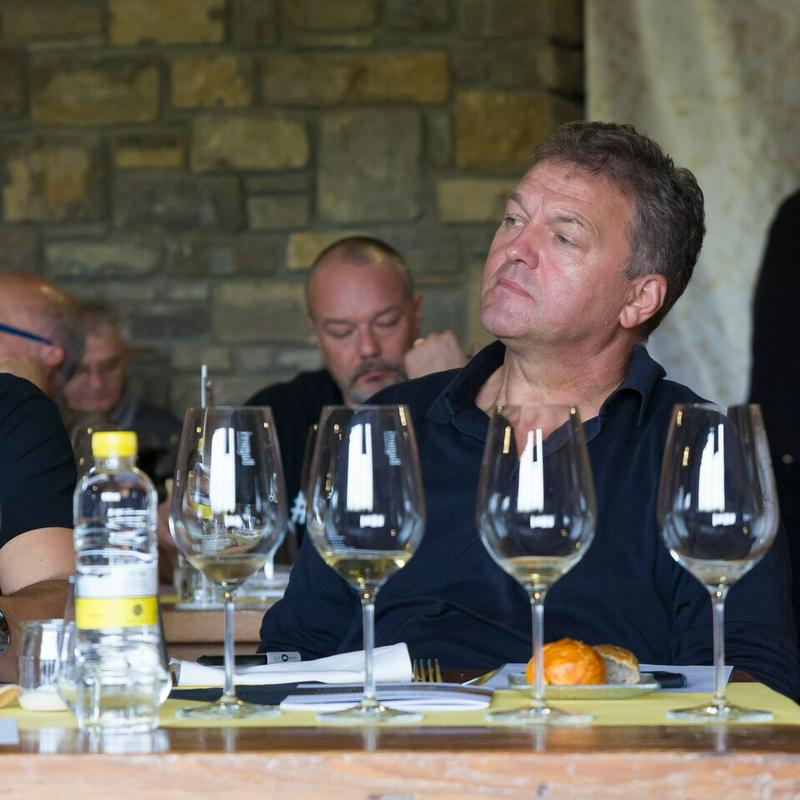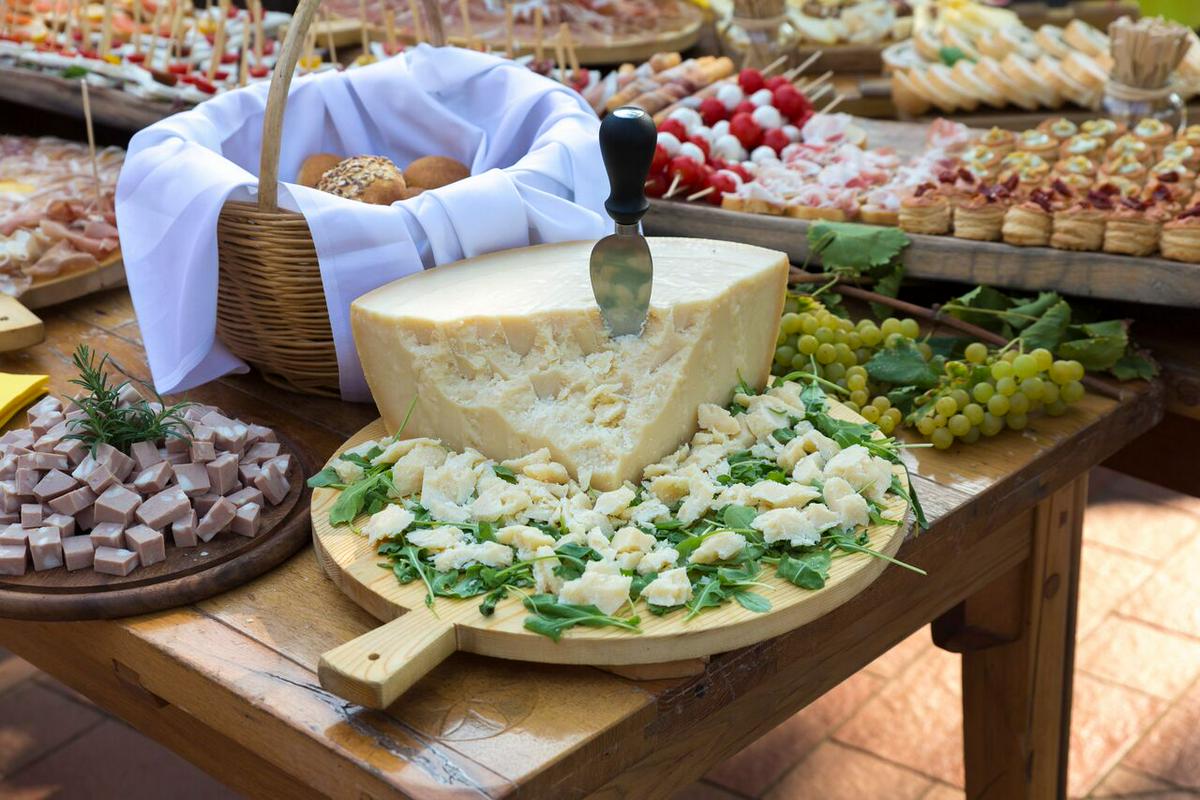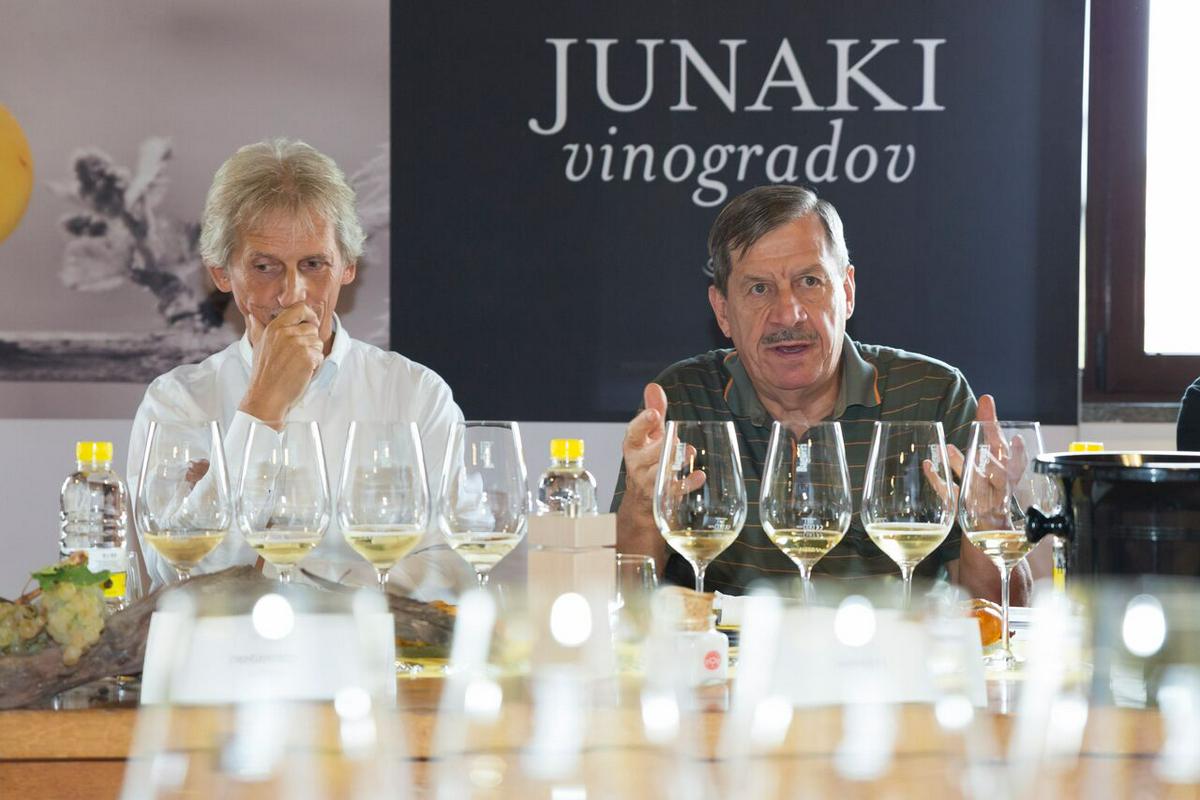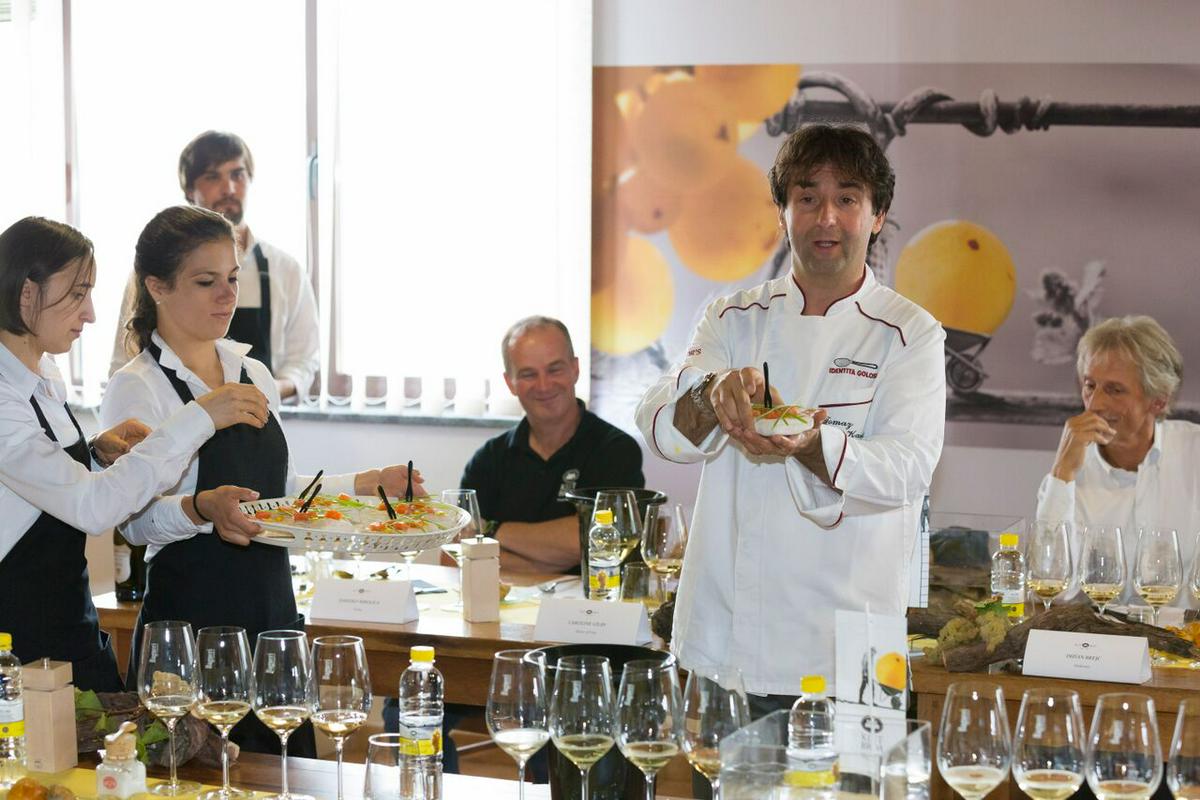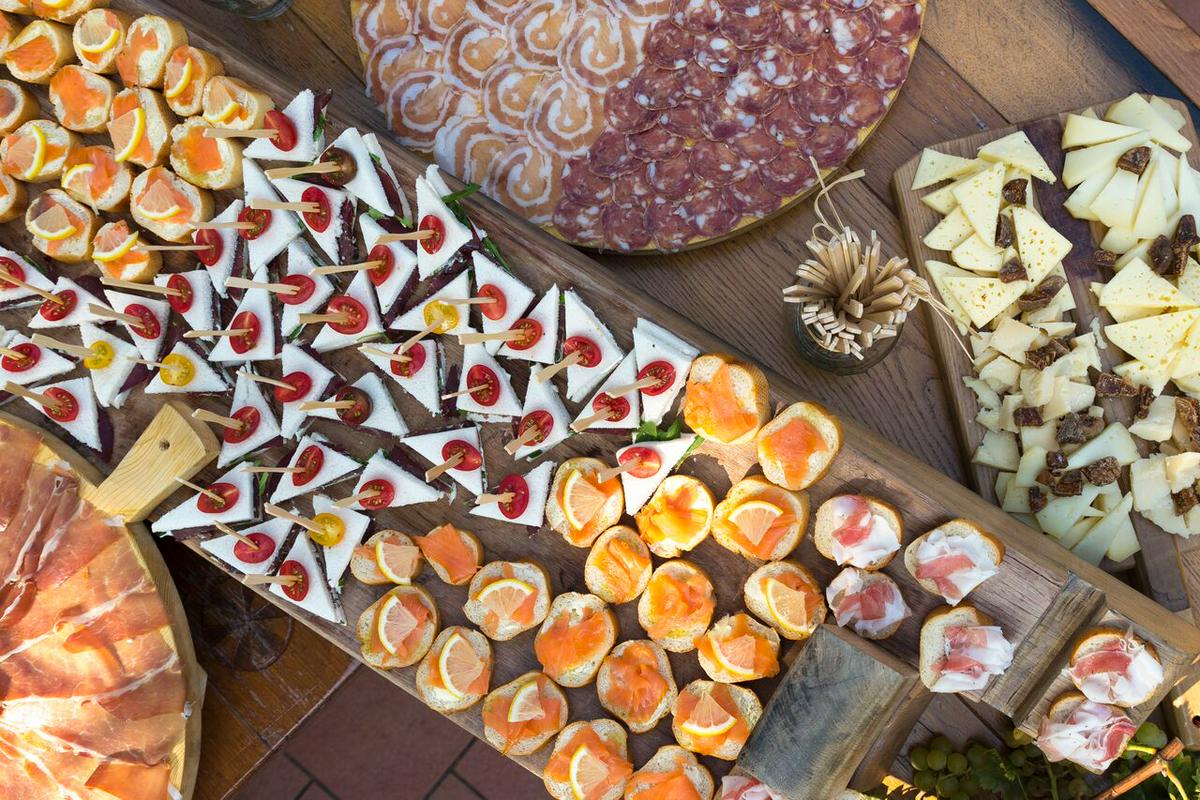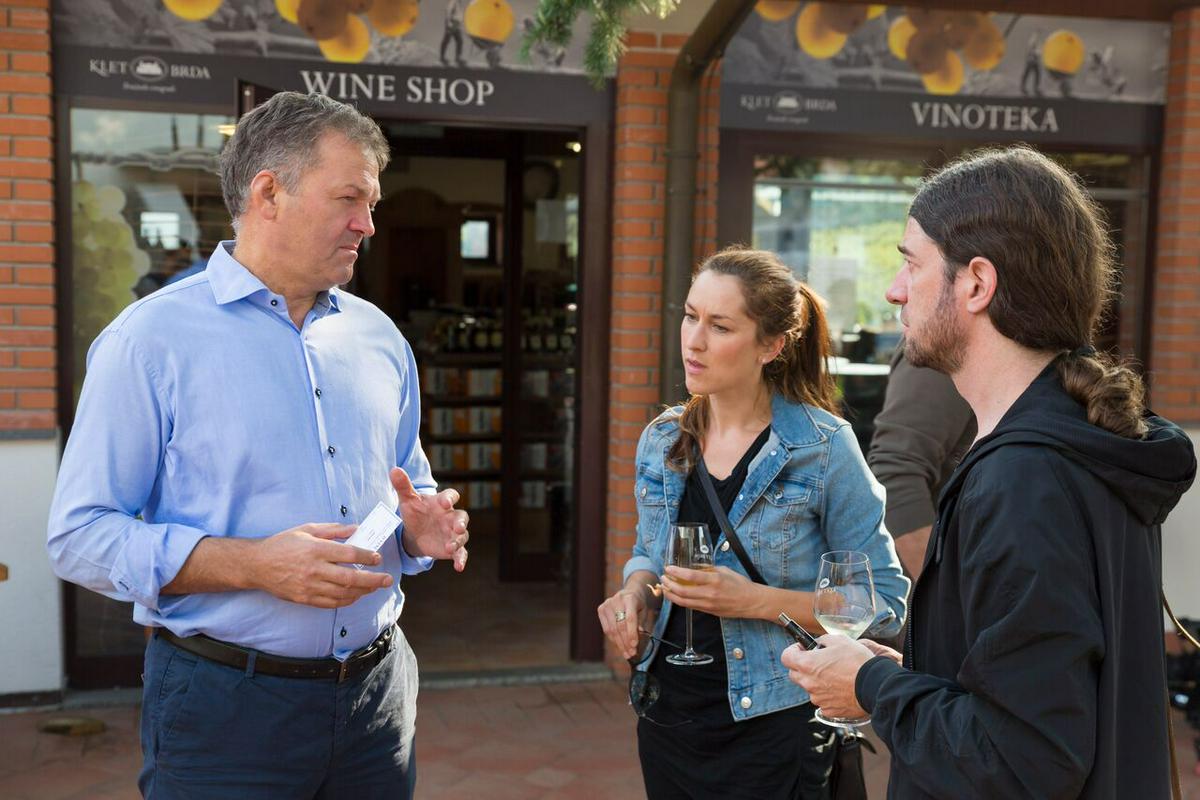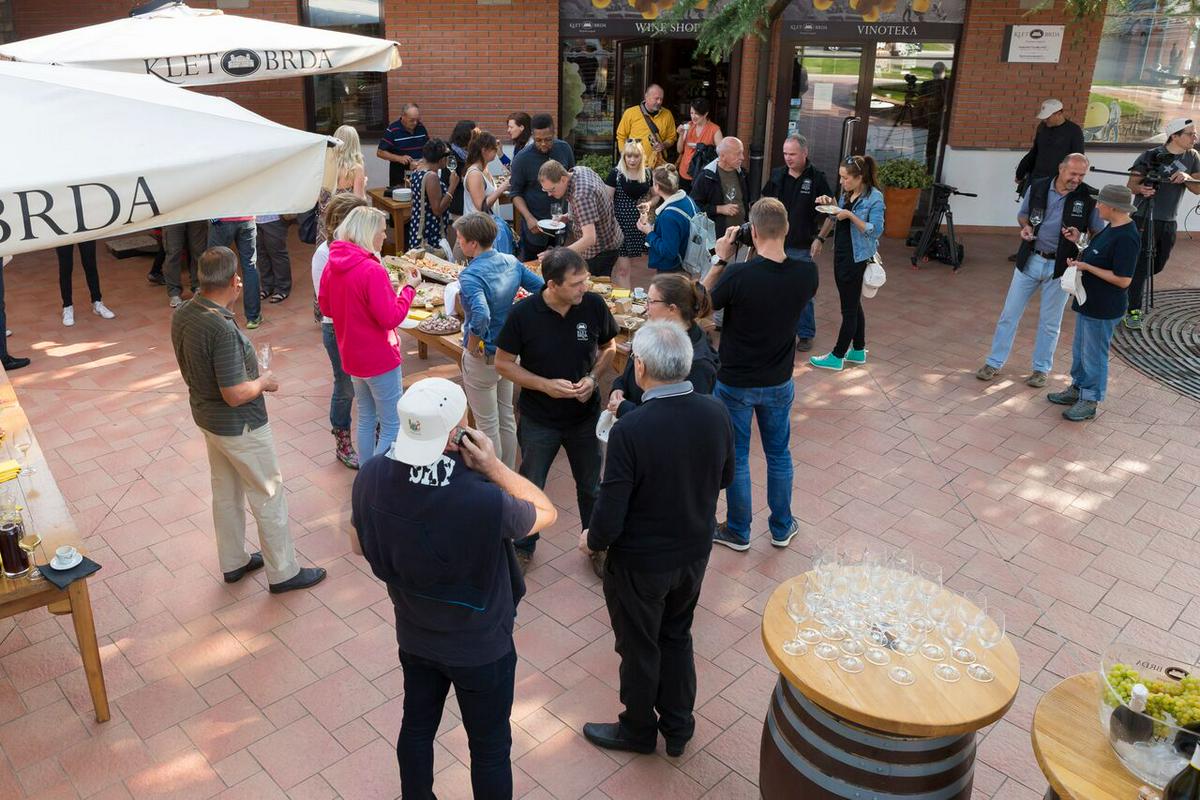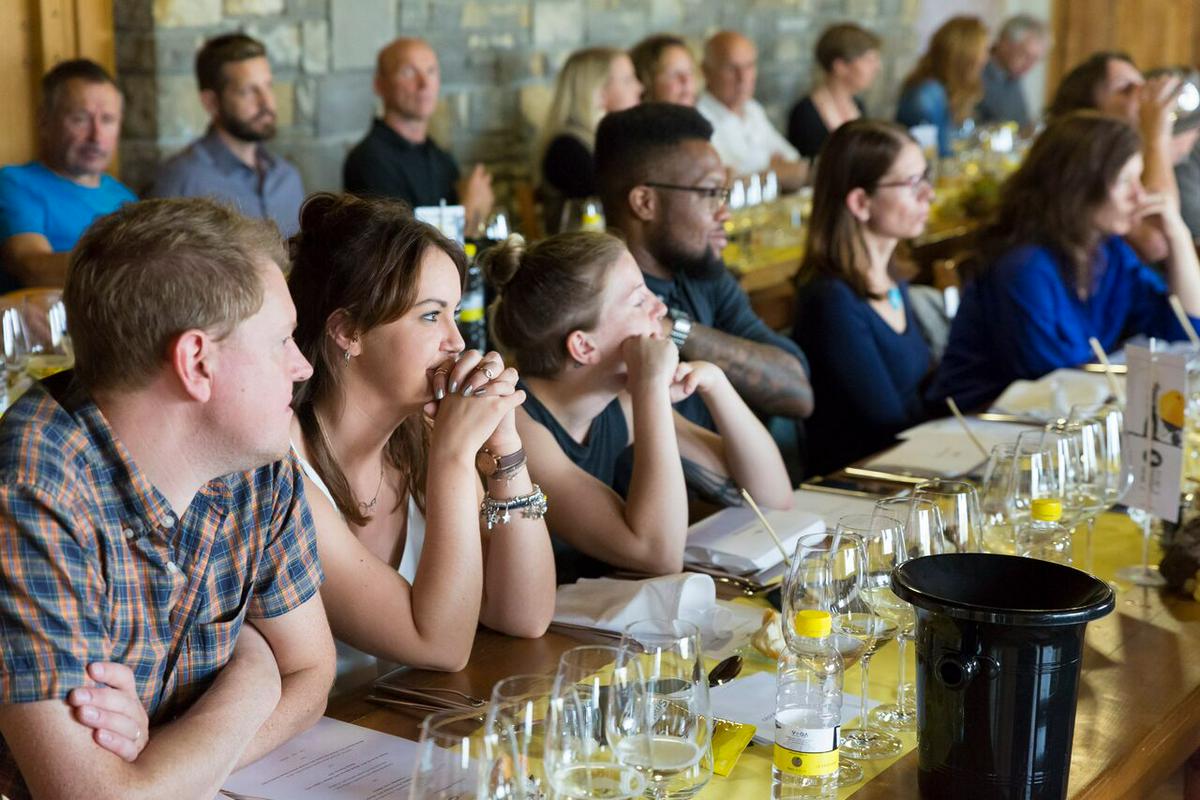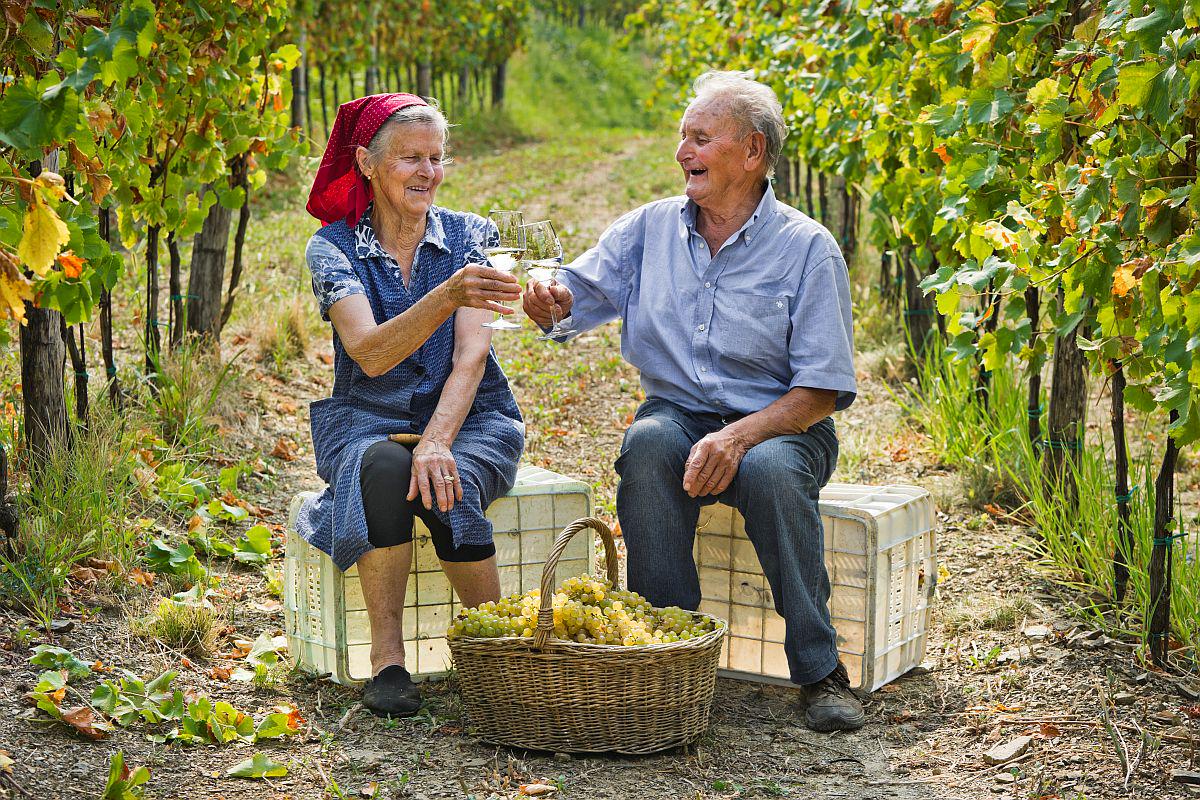
Oenologists expect wines from the 2016 vintage to be very aromatic and harmonic, with alcohol content above the average. Exceptional aromas are the result of an ideal combination – cold nights and high daily temperature before and during the harvest – and are particularly prominent in fresh white wines of the Rebula and Sauvignonasse types. However, high temperature and drought in the time of the harvest cut the produce by a quarter.
Hard work in the vineyard
400 winegrowing families from the region of Goriška brda cooperate under the name of the Brda Wine Cellar. In total, they manually cultivate 1,000 hectares of vineyards and have produced 55,000 tonnes of grapes this year. The harvest of early wine types started in 26 August. White types were next. They were harvested in the second half of September, when their kernels turned brown, which indicated phenolic maturity. Oenologists, agronomists and winegrowers meticulously controlled the maturity of fruit in every vineyard individually and set the optional time for harvest based on technological and organoleptic maturity.
Rebula from Goriška Brda
At the end of the harvest, the director of Brda Wine Cellar Silvan Peršolja warned that Rebula from the Goriška Brda region should receive special protection. Until fairly recently, Rebula was known as a small local wine type but is becoming more and more interesting in recent years, as it serves as an ideal basis for sparkling wine due to the most appropriate content of acids among all wine types from the Primorska region. Sparkling wines have been produced in Brda for more than half a century now.




















































